Sony Alpha 7S III (ILCE-7SM3)
Almost five years after the Alpha 7S II, Sony is launching its successor: The Alpha 7S III has an improved 12 megapixel sensor, records 4K at 120p and is said to achieve exceptional results in lowlight photography thanks to its large pixels.
The sensor of the Alpha 7S III has a resolution of 12 megapixels like the Alpha 7S II, but is now exposed on the backside.
The heart of the new Alpha is a 12 megapixel full-format sensor that has been improved over the Alpha 7S II. Sony is now using a backside exposure (BSI) design that allows more light to be captured and gives better results in low-light shooting. Maximum sensitivity is still ISO 409,600 (expandable down to ISO 40). The sensor is supported by the new BIONZ-XR processor, which will have eight times the processing power of the previous image processor. Sony is also breaking new ground in terms of operation: for the first time in the Alpha 7 series, a fully movable monitor (3.0 inch, 1.44 million dots) has been installed, which now also allows touch operation of the menus. The structure of the menus has also been completely revised; among other things, only the relevant entries are available in photo and video mode for a better overview. The OLED viewfinder achieves a record resolution of 9.44 million dots and a magnification of 0.9x. The size of the image can also be reduced so that spectacle wearers can also see the entire image. 4K with 120p A focal point of the camera is video recording. Unlike Canon with the EOS R5, Sony does not rely on 8K for video, but continues to use 4K, which is supposed to achieve the best results ever with an alpha camera. The 12 MP resolution of the sensor allows a full-pixel readout without pixel binning and without crop up to 4K/60p. At this setting, the shooting limit should be one hour without overheating - the EOS R5 only manages 30 minutes at 4K/60p. This is the length of time that the Alpha 7S III can record video in 4K/120p mode - a light crop (1.1x) is also used here (
).
The monitor is swivel-mounted, handle and controls have been made larger, as with other cameras of the third alpha generation.
With Full HD, the Alpha 7S III even records at up to 240p. For time-lapse recordings, lower frame rates of up to 1p can also be selected in S&Q mode. Recording is done internally with a 4:2:2 colour sub-sampling and 10-bit colour depth. New codecs are available: XAVC-S-I records single images (All-I) at a data rate of up to 500 Mbits/s, while XAVC-HS reduces the amount of data during frame group compression to 200 Mbits/s thanks to H.265 compression. Via HDMI 2.1, the camera can even output 4K/60p as 16-bit raw files (ProRes Raw) to an Atomos recorder. Of course, a logarithmic gamma profile is also available (S-Log 2/3), which is intended to enable a dynamic range of more than 15 f-stops; sensitivity here starts at ISO 640 (extended: ISO 160). According to Sony, the rolling shutter effect has been significantly minimized. The Alpha 7S III is equipped with a 5-axis image stabilizer in the housing, which achieves an effectiveness of 5.5 f-stops when measured according to the CIPA standard; in video mode, digital stabilization (Active Mode) is additionally used, which also uses a gyro sensor. The information from this gyro sensor can also be stored in the video's metadata for use in post-production for digital stabilization. Fast autofocus and 10 fps The hybrid autofocus covers 92% of the image sensor and uses 759 spot sizes with phase detection and 425 with contrast AF. In addition to human eyes, the AF algorithms now also detect animal eyes - even at greater distances than before, according to Sony. The AF sensitivity goes down to -6 EV series and the camera shoots at up to 10 fps. The mechanical shutter is designed for 1/8000 s. For the first time, Sony uses two memory card drives in the Alpha 7S III, which can use both SD cards (UHS-II) and the new CFexpress type A cards. These are smaller than type B cards and faster than SD cards. For most video modes, SD cards of video classes V60 and V90 are sufficient. CFexpress is only required in S&Q mode with 4:2:2 colour underscan and 10-bit colour depth. The serial mode also profits from the faster cards; here, 1000 uncompressed raws in a row are supposed to be possible. Sony plans to launch two CFexpress type A cards in September, which have a write speed of 700 MB/s and a read speed of 800 MB/s: The 80 GB version is supposed to cost 230 Euro, the 160 GB version 440 Euro and provides power for 600 photos or 95 minutes of video.
Powered by a Z-battery, which can be charged via USB-C and provides power for 600 photos or 95 minutes of video. A continuous power supply via USB is also possible.
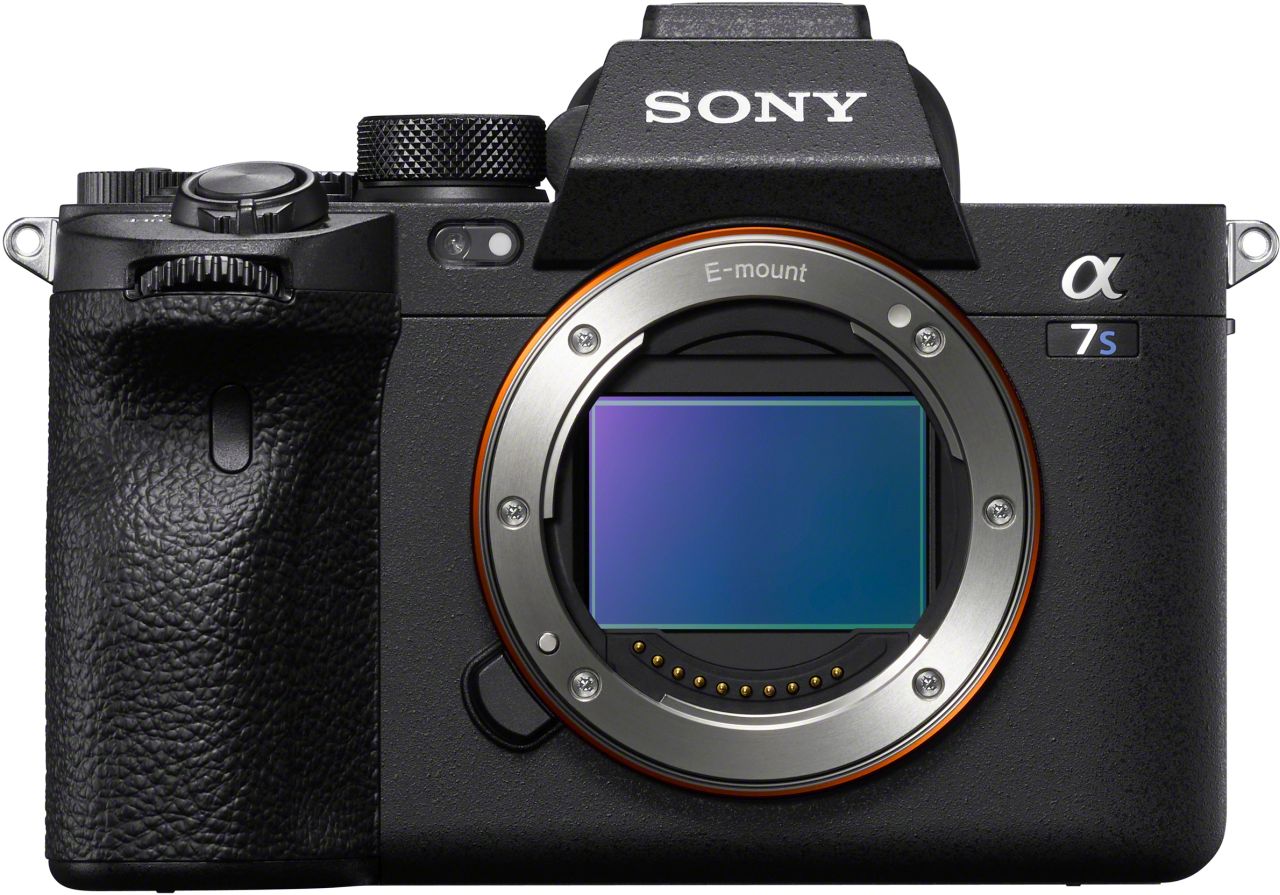
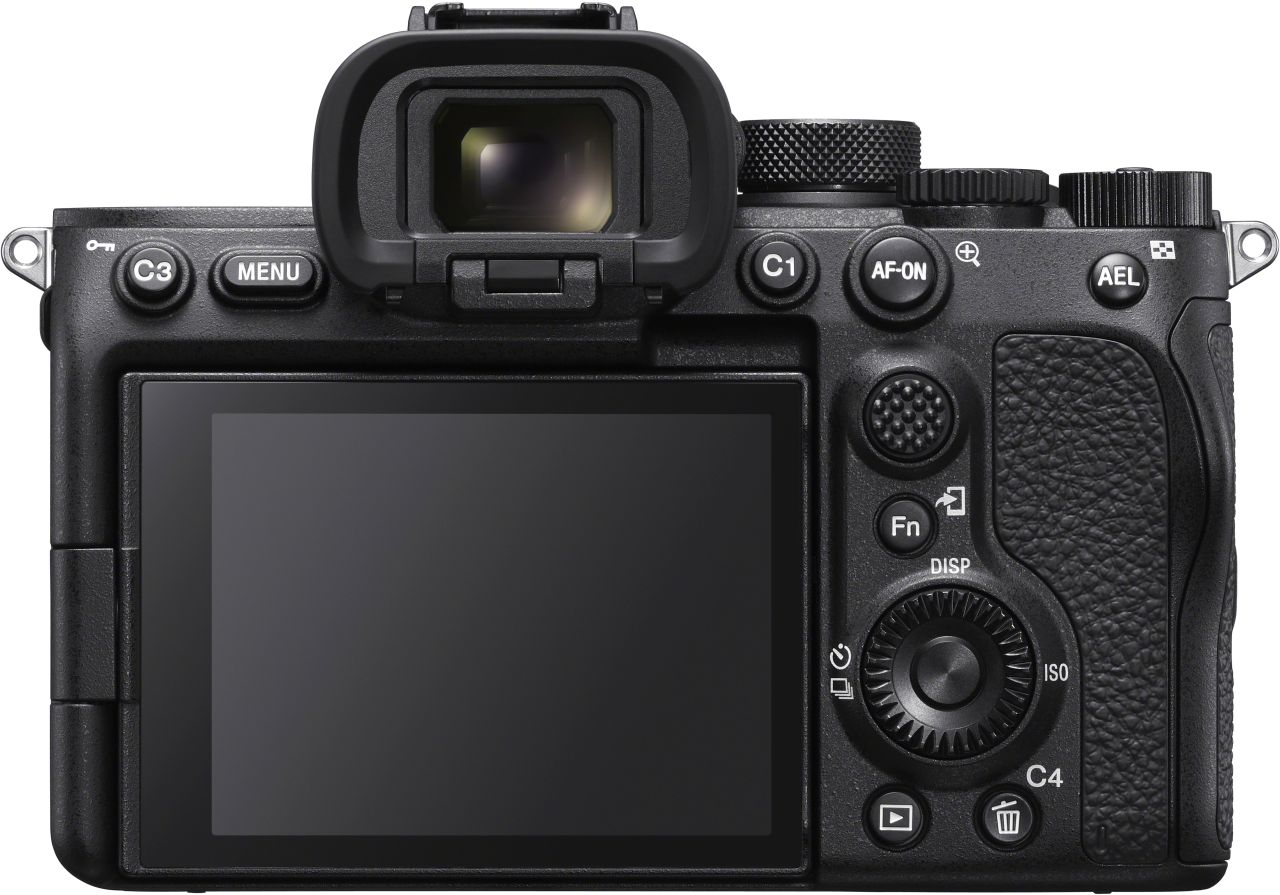
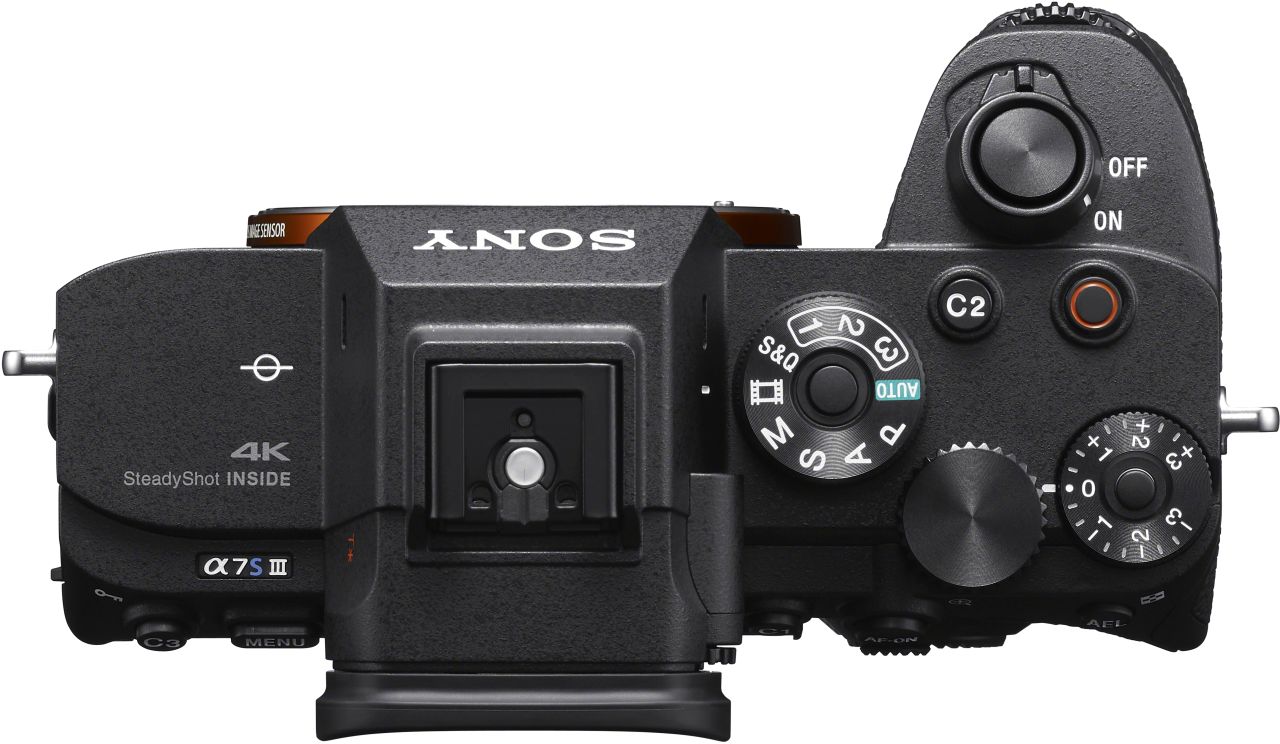
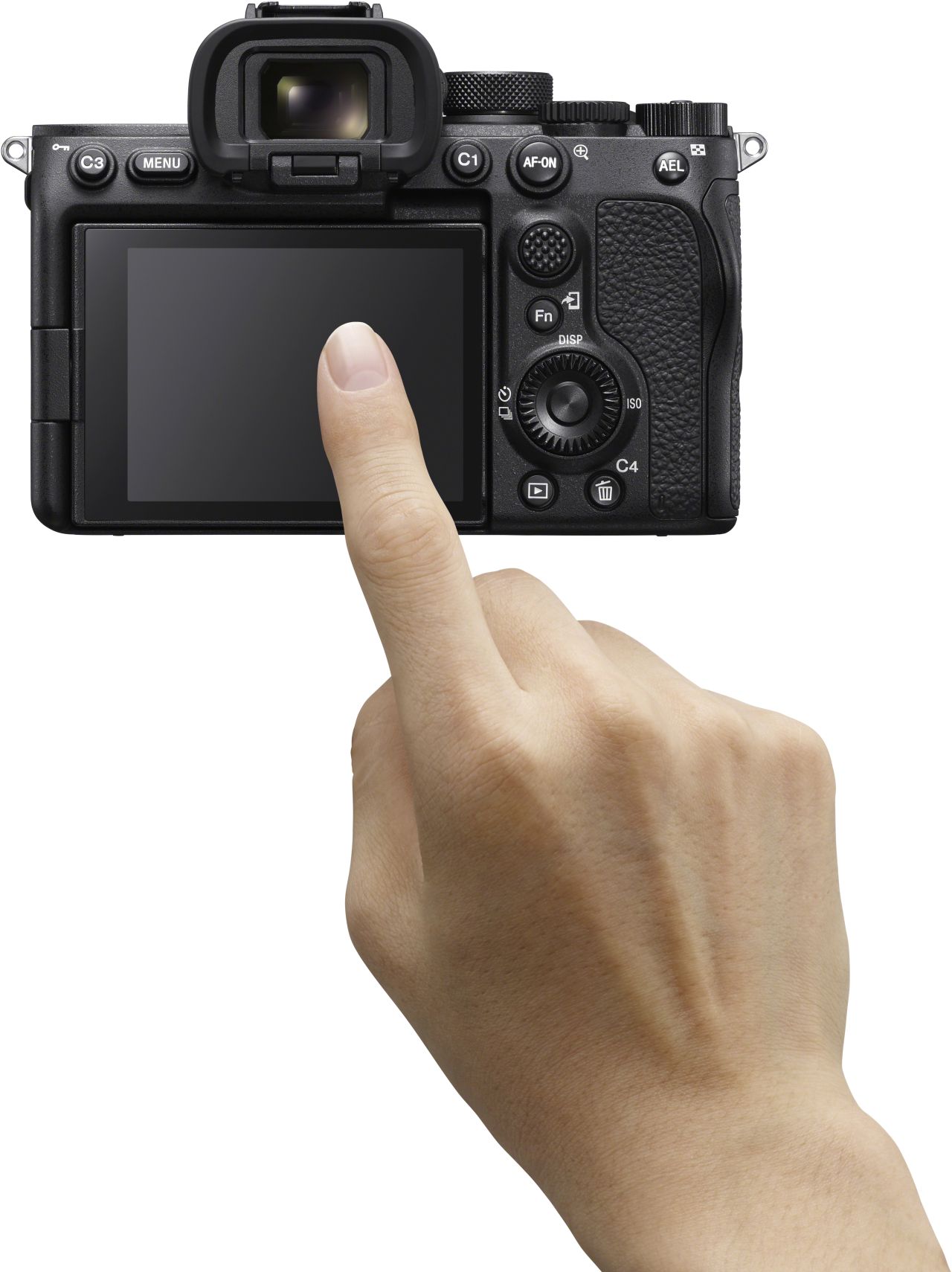
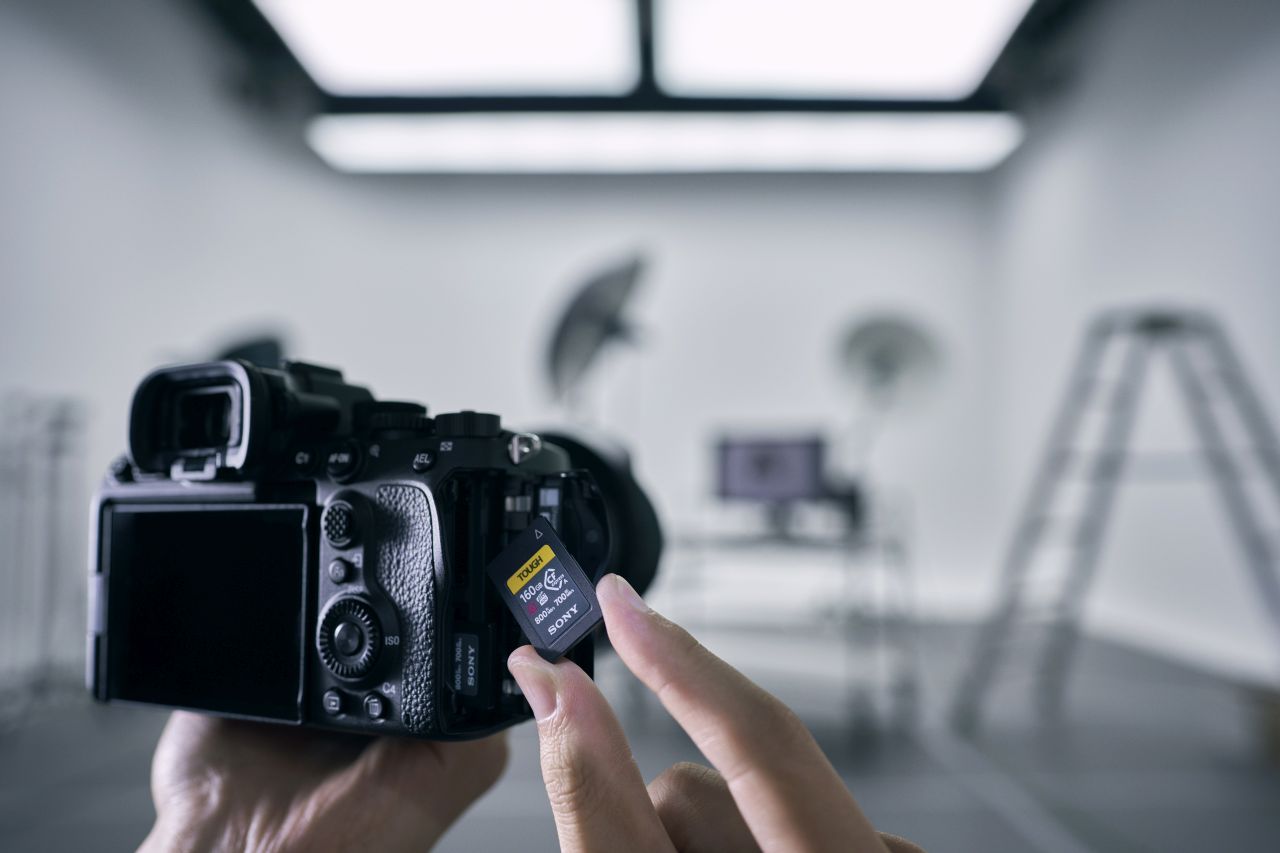
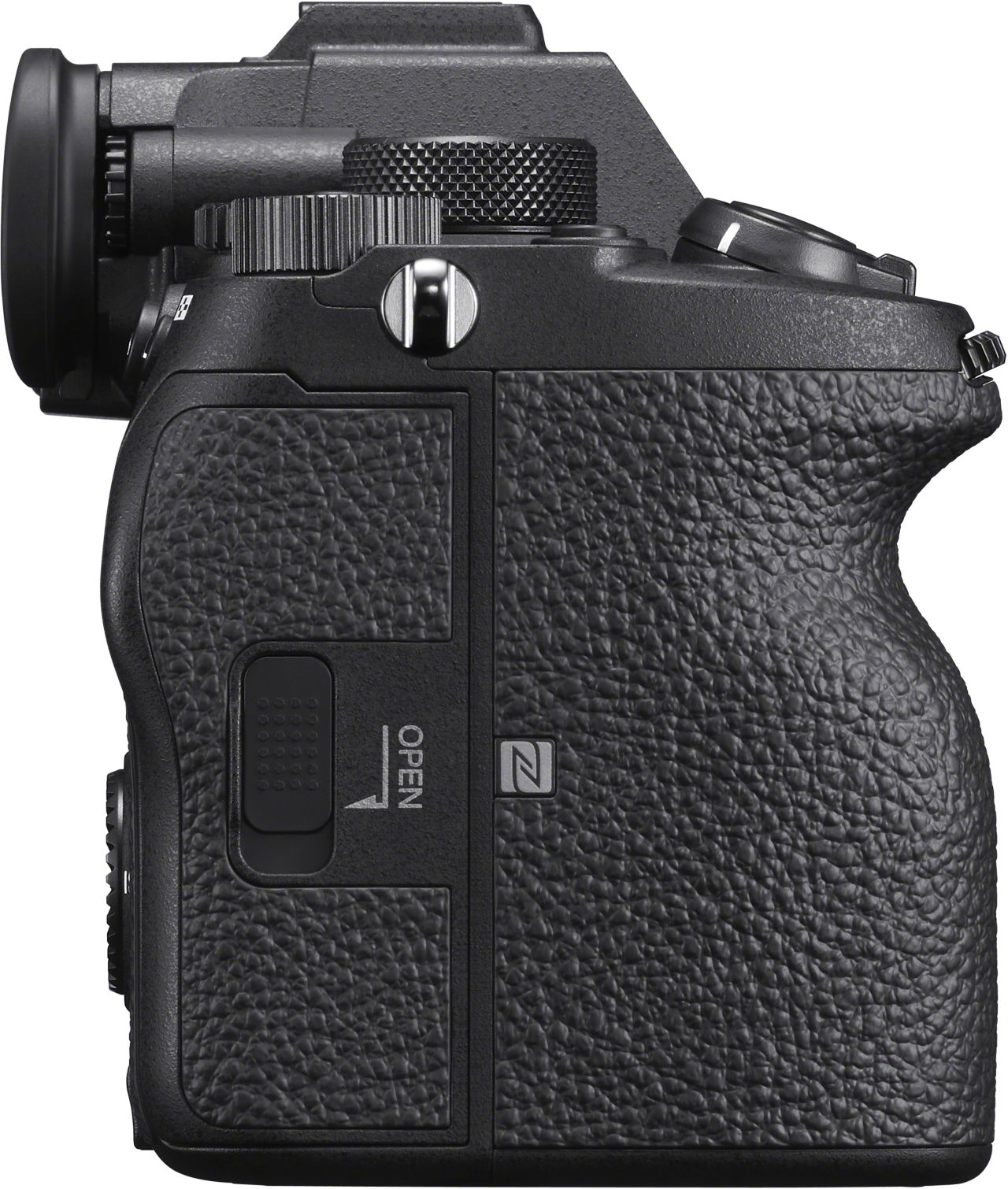
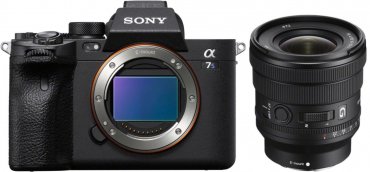
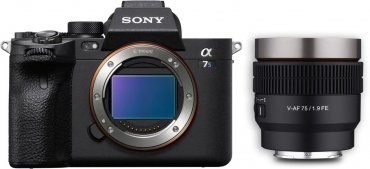


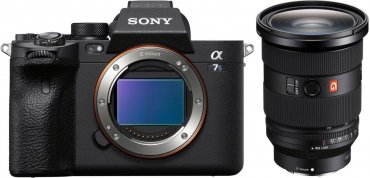
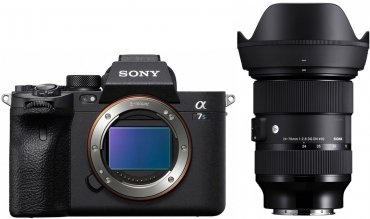
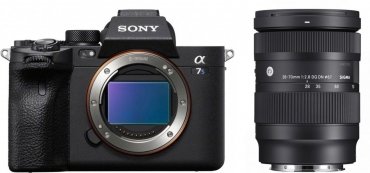
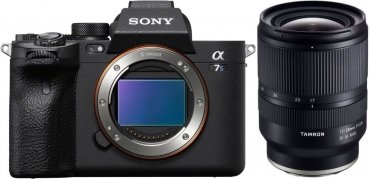
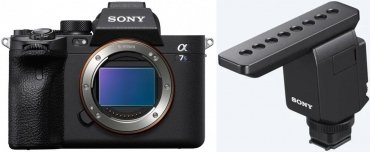

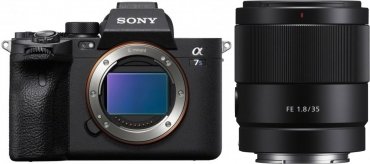
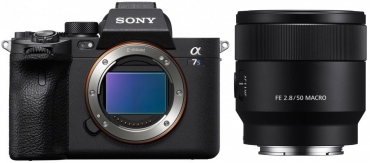


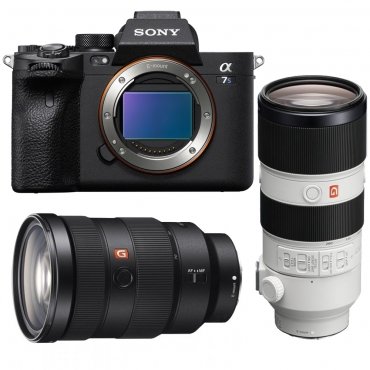
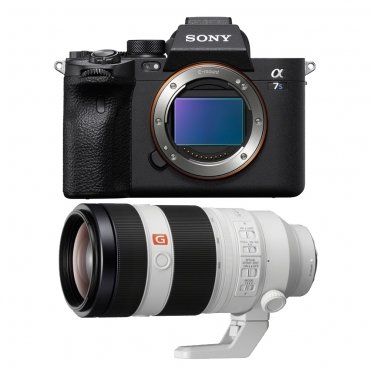
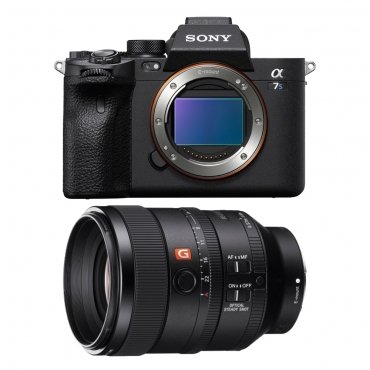

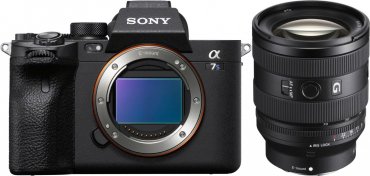
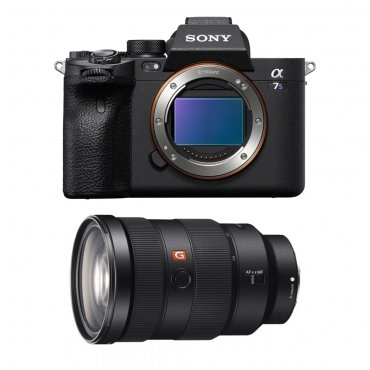
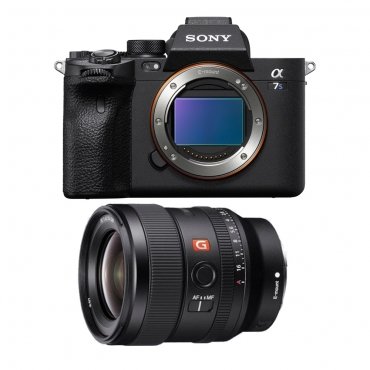
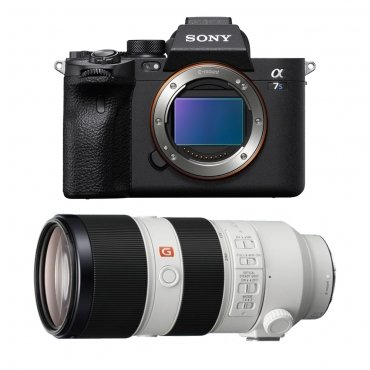
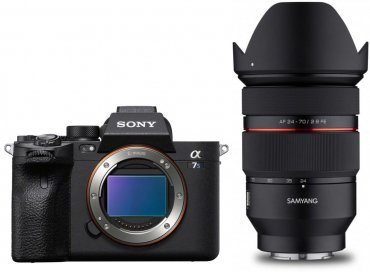

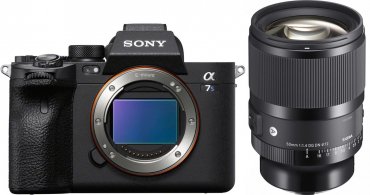
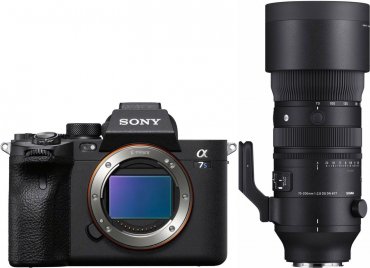

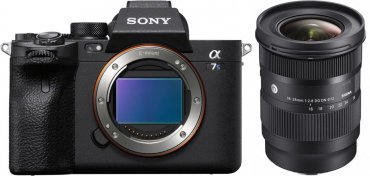

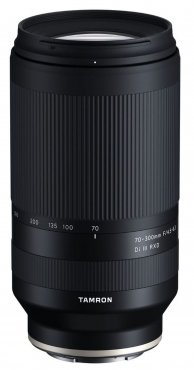

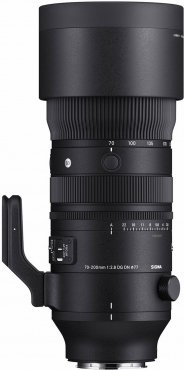
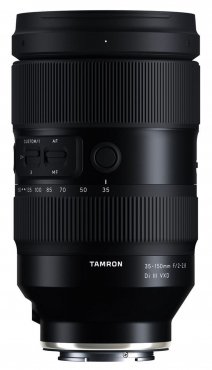
![Sigma 150-600mm f5-6.3 DG DN OS [S] Sony E-mount](https://media.foto-erhardt.de/images/product_images/thumbnail_images/907/sigma-150-600mm-f5-63-dg-dn-os-s-sony-e-mount-162814386990790304.jpg)
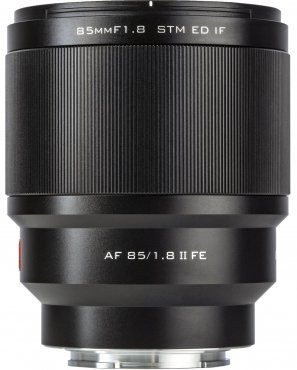
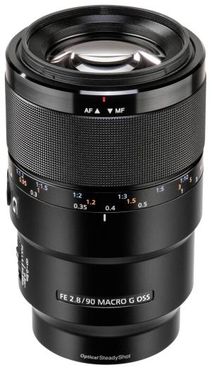
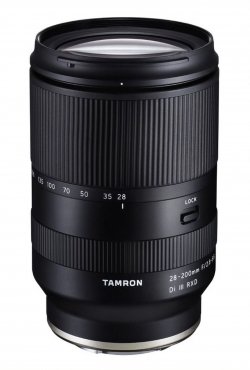
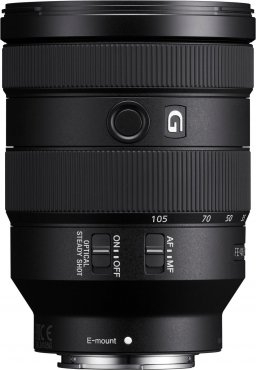
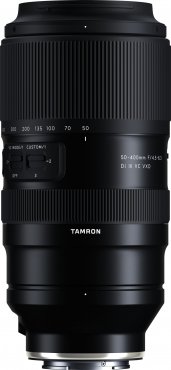
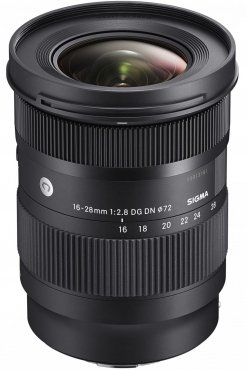
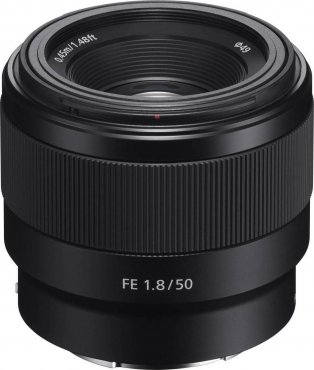
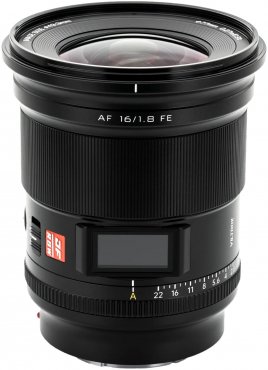


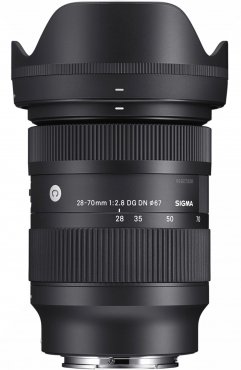
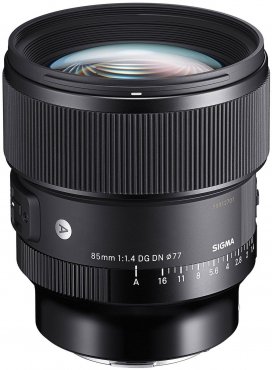
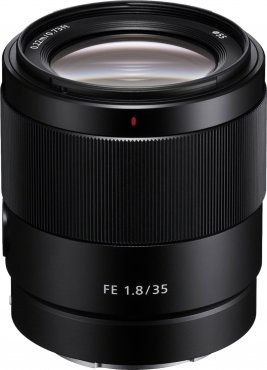
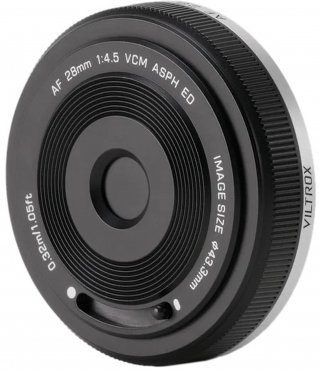
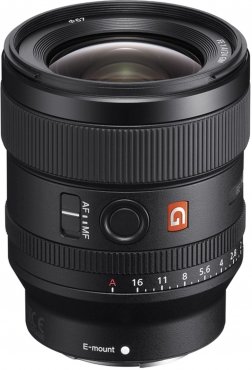
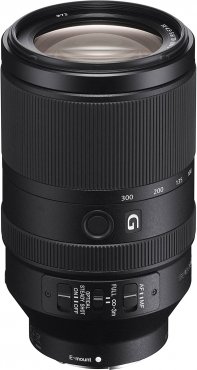
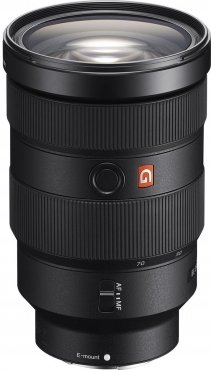
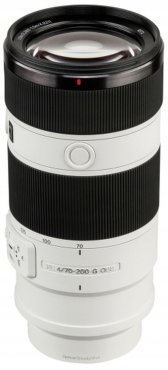
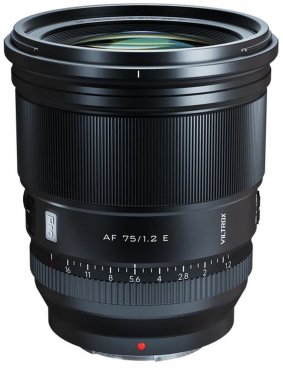
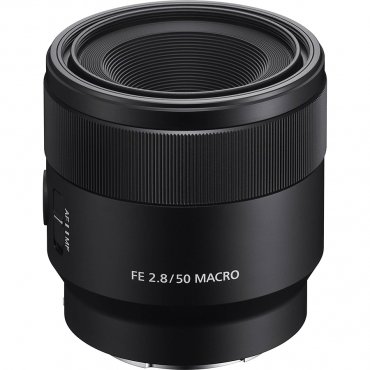
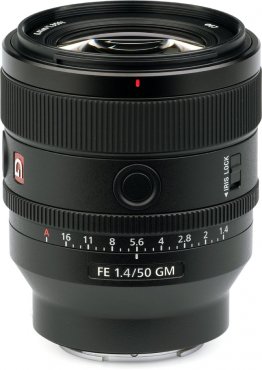
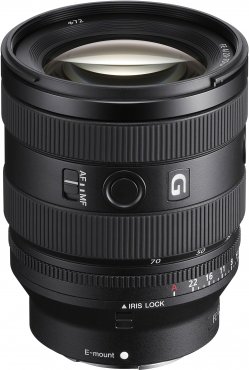
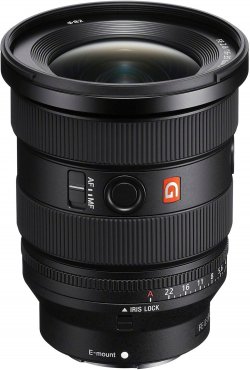
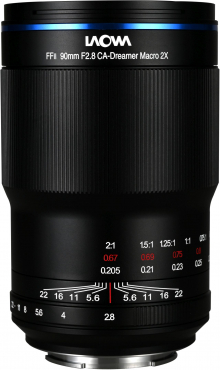
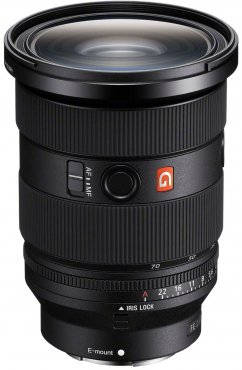


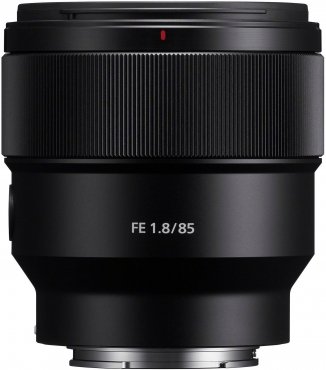
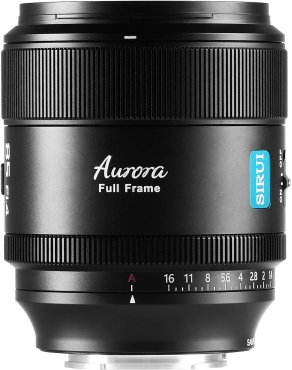
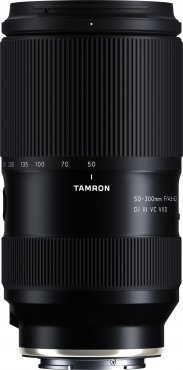
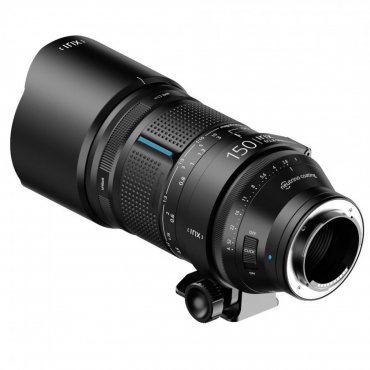
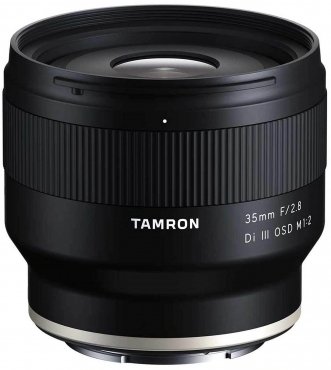
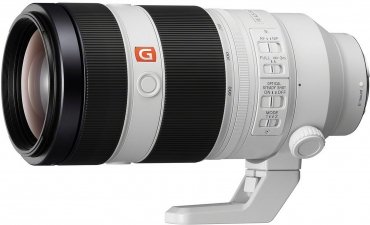

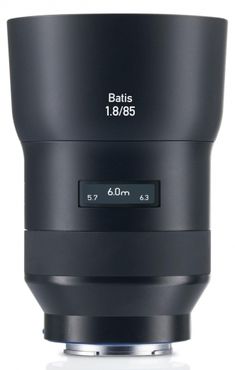


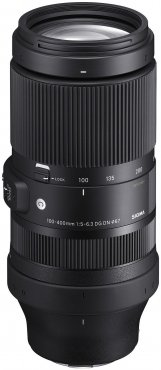
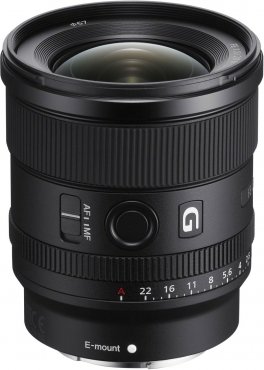


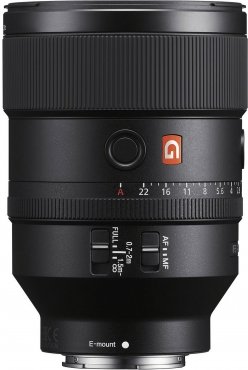
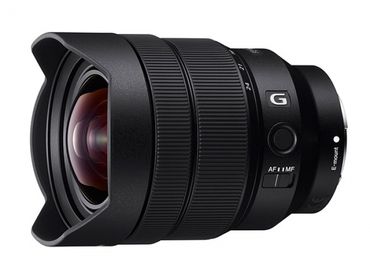

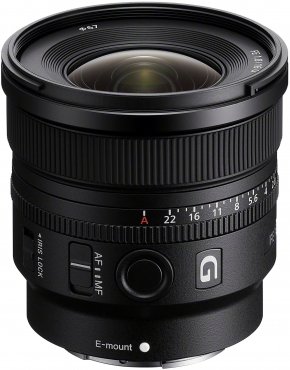
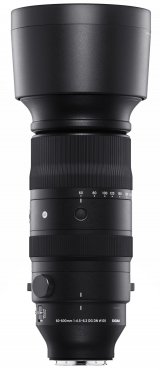


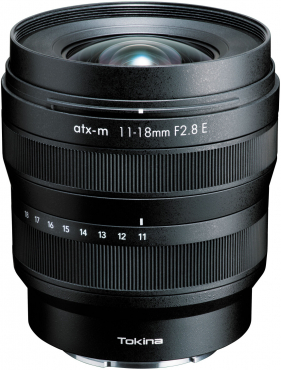
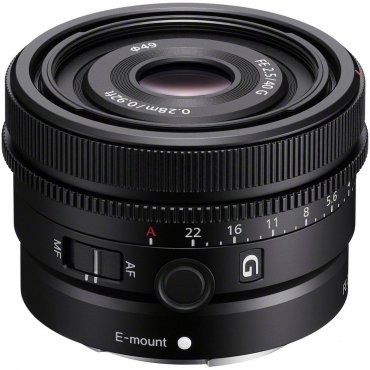
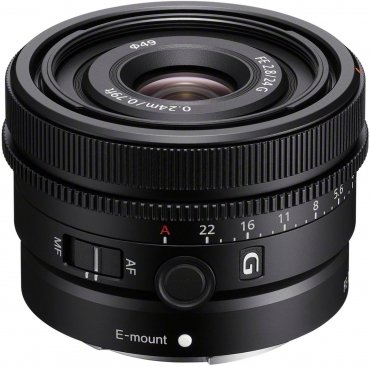
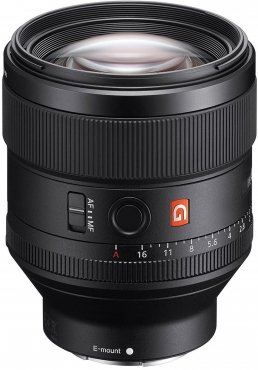
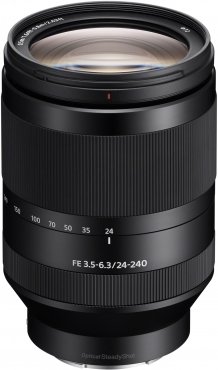
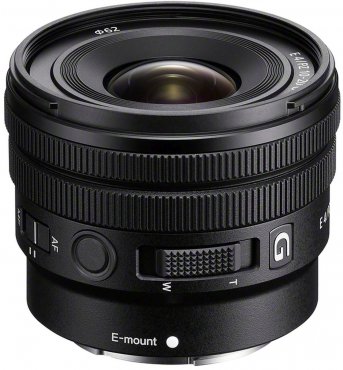
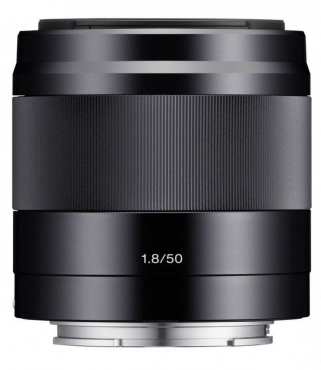
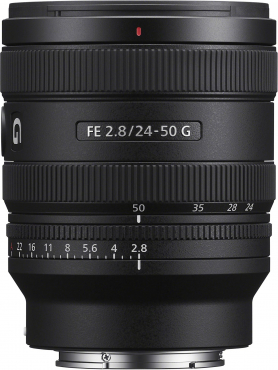

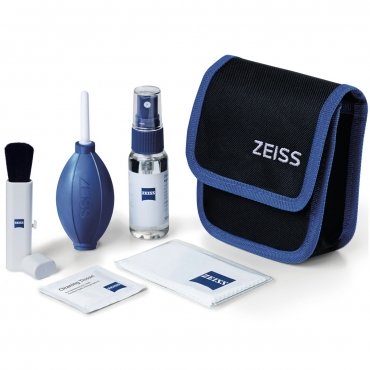
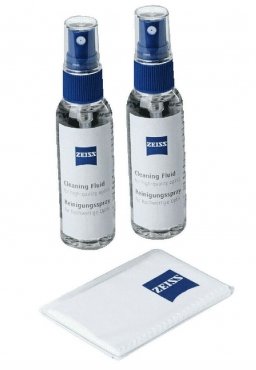
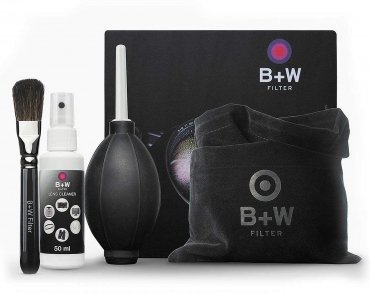
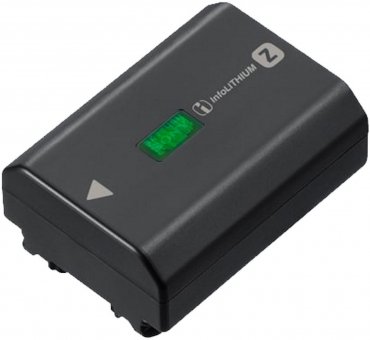

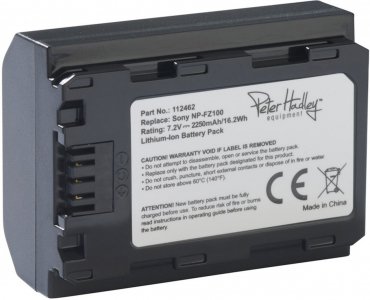
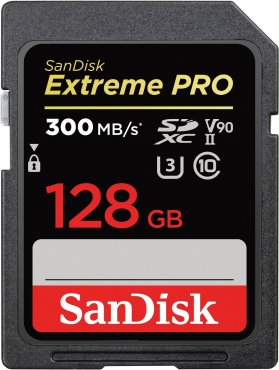
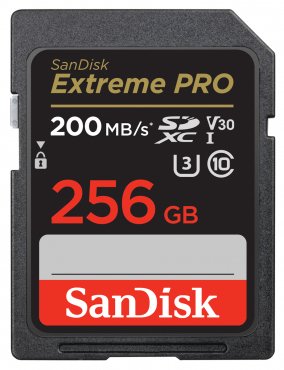

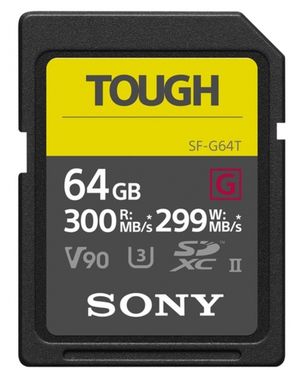

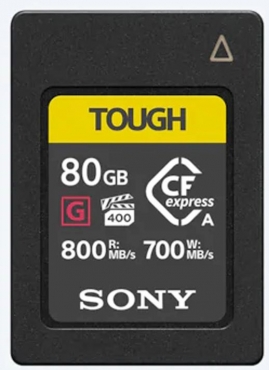
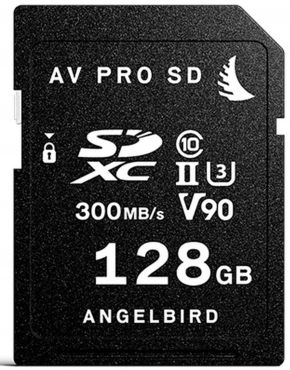
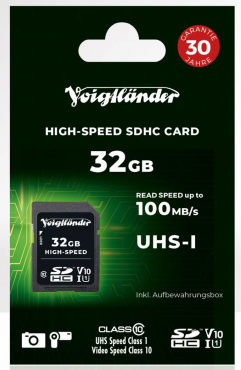
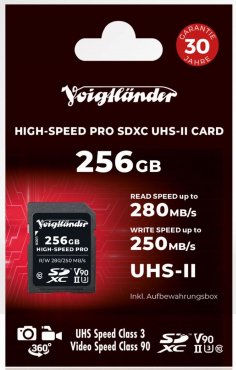

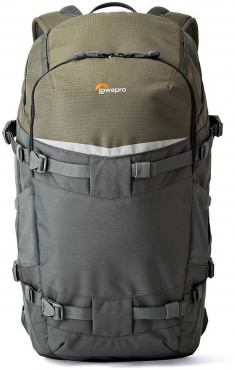
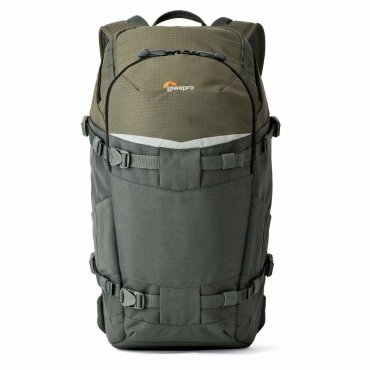
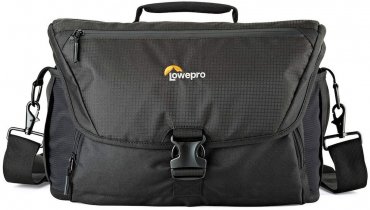
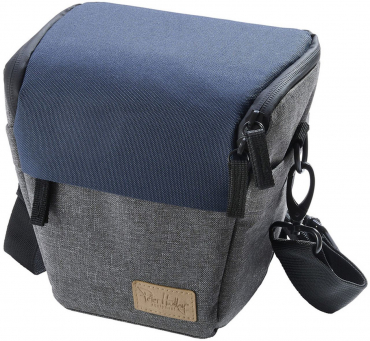
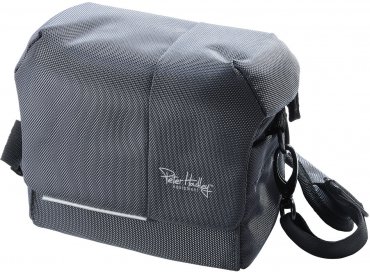
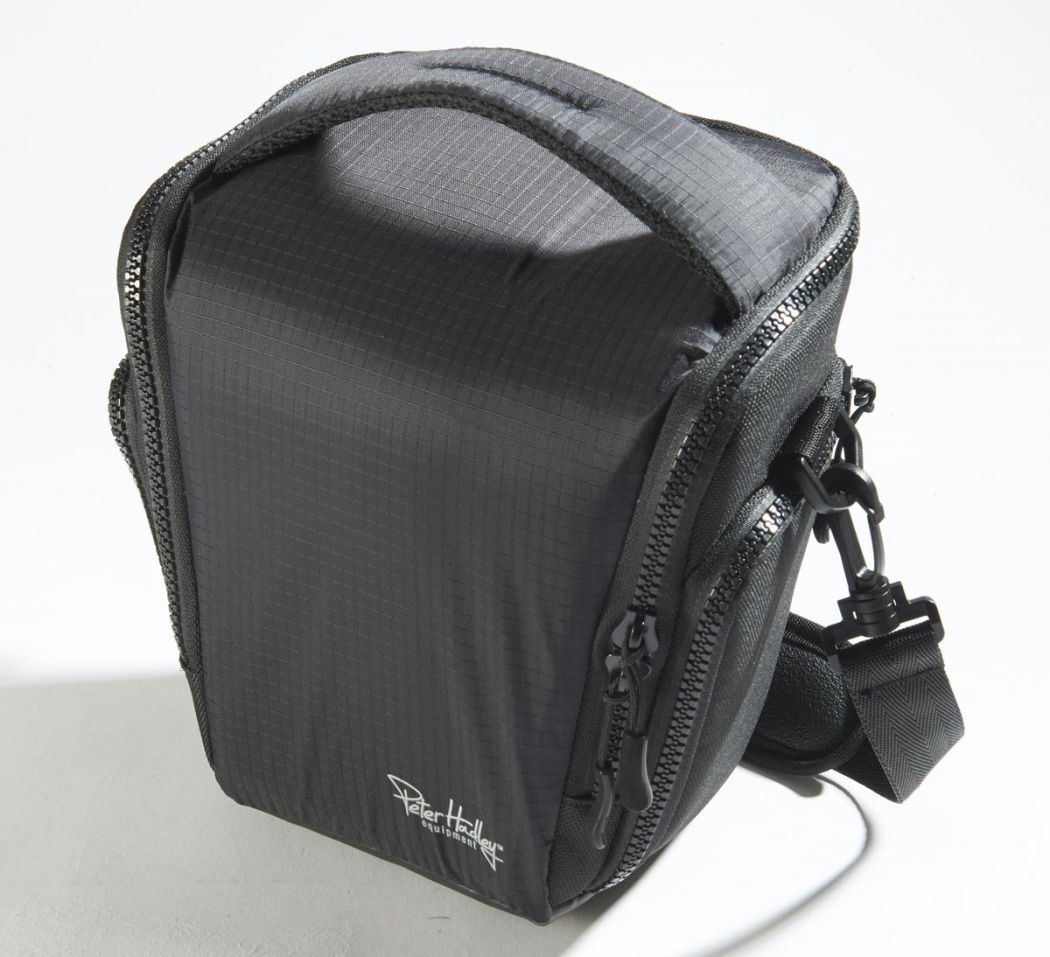
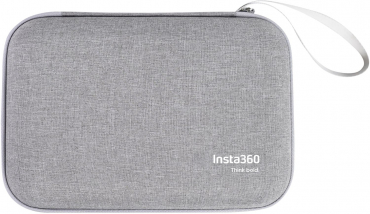
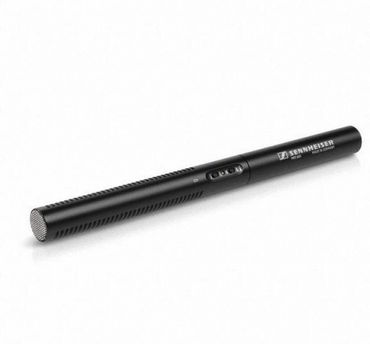
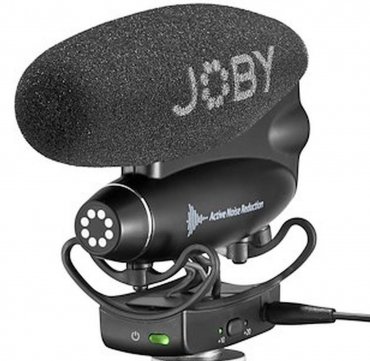
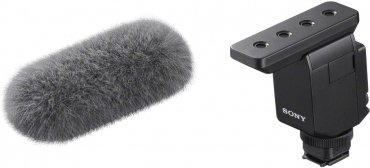
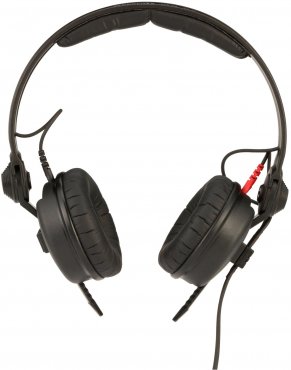
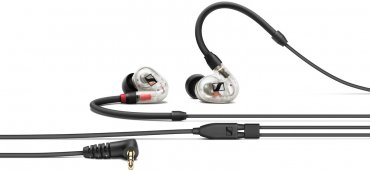
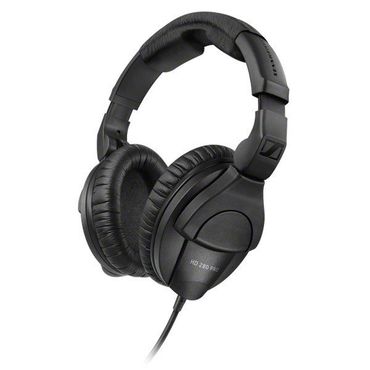

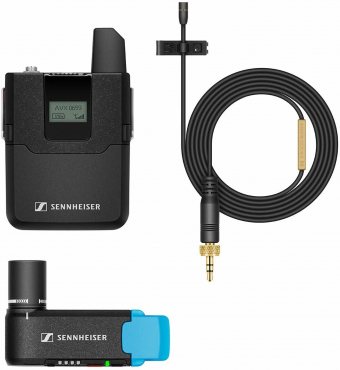
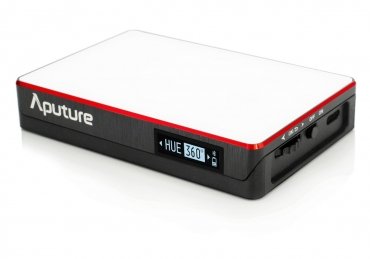
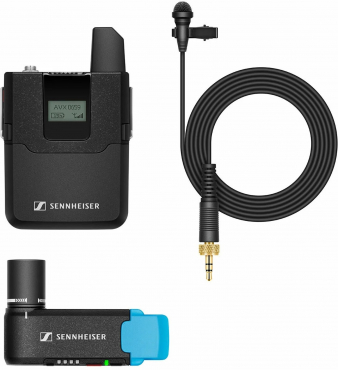
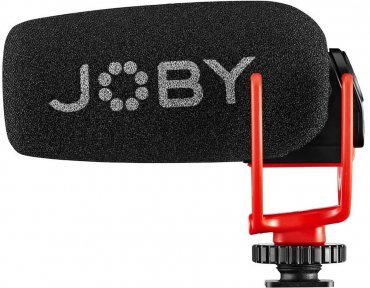
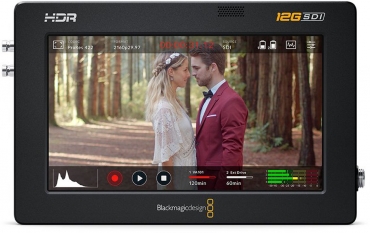
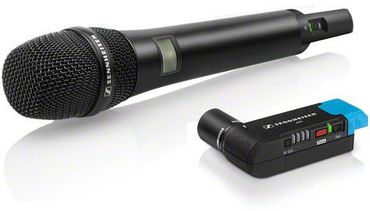
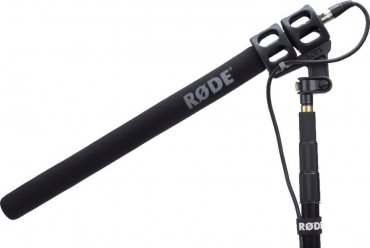
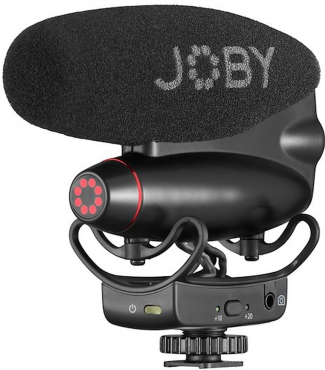

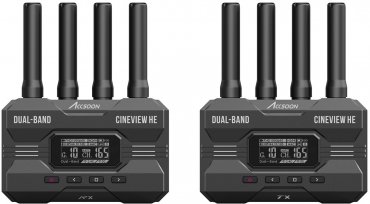
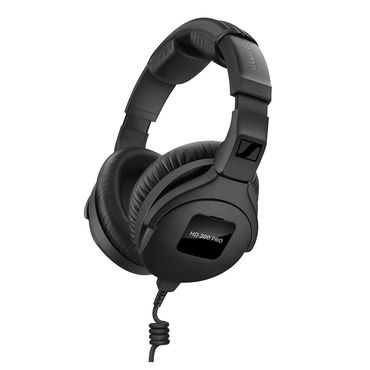
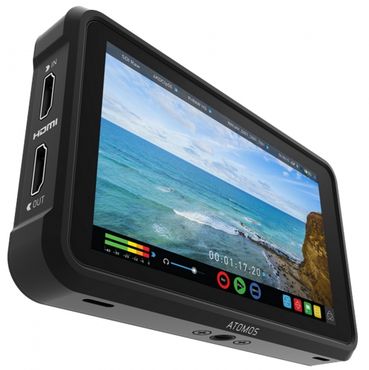
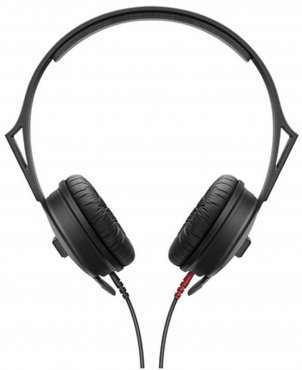



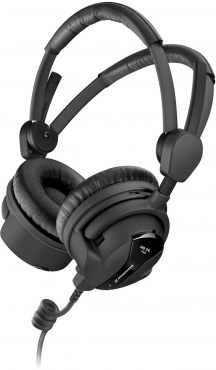

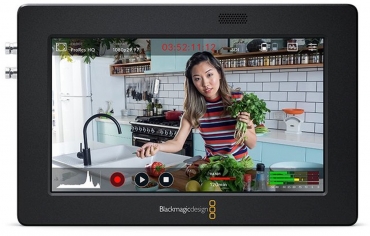
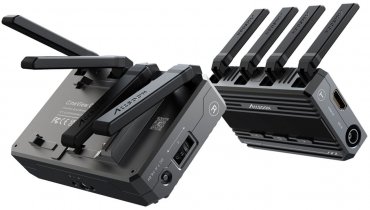
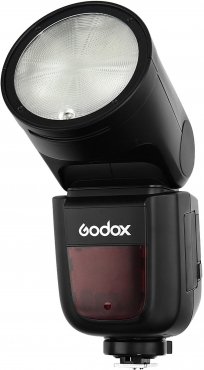
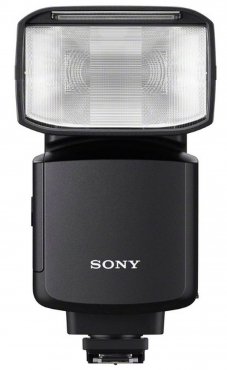
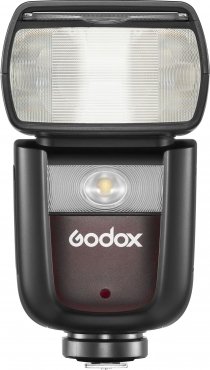
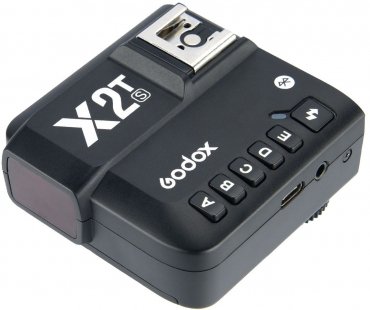
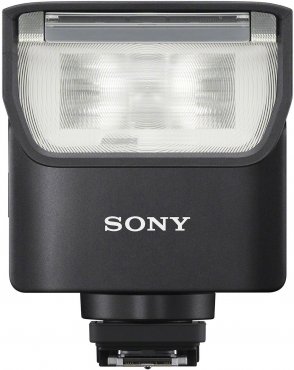
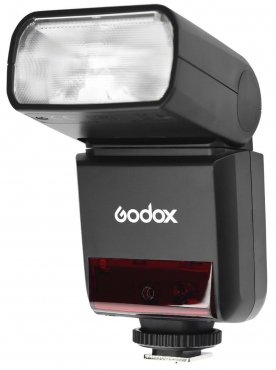

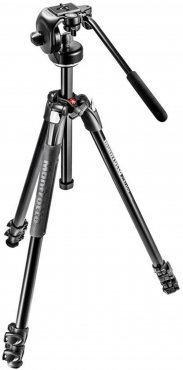
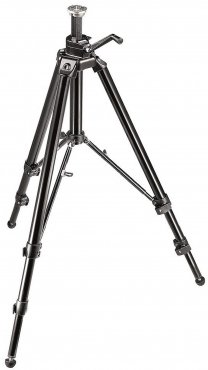
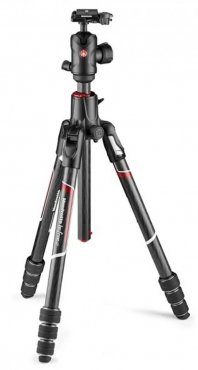
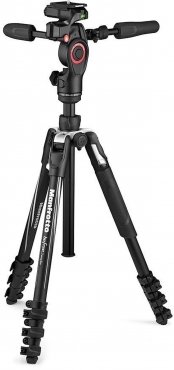


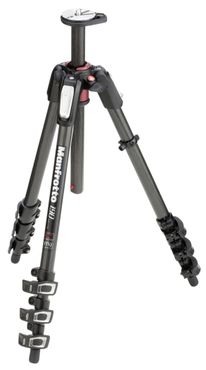

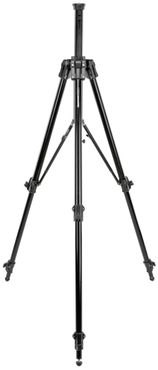
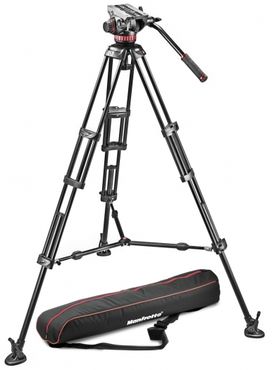
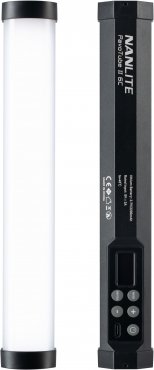
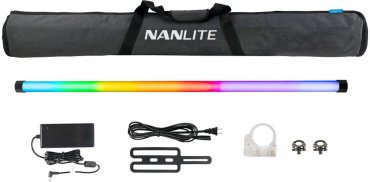


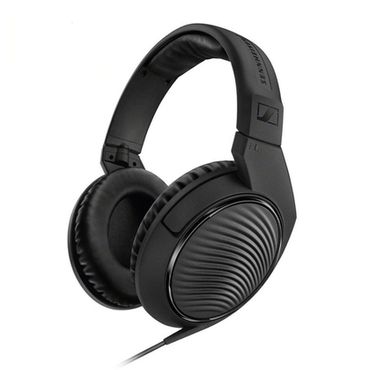


Simply subscribe and benefit as a newsletter recipient every week: